At their root cause?
If not, then it will keep coming back time & time again.
One of the tools that we teach our EOS clients is The Issues Solving Track or IDS.
It’s an important part of our weekly Level 10 Meetings and our Quarterly EOS Sessions.
Its premise is that if you take the time to get to the real cause of an issue, discuss all possibilities & then choose to solve the real issue, that issue will disappear forever.
The challenge is that, as humans, we either spend too much time discussing without solving an issue or jump quickly to a solution which may not solve the real issue.
Issues not solved at their root cause keep reappearing in the business.
IDS stands for:
I = Identify
D = Discuss
S = Solve
In my experience working with my clients in their Quarterly Sessions & observing their Level 10 Meetings, I feel it’s best to spend around 60% of our time identifying the real issue and approximately 30-35% discussing all possible solutions to the real issue & around 5-10% solving it.
So why spend so much time up front & what does that look like?
Let me demonstrate with a real-life example.
One of my EOS clients, whilst I was observing one of their Level 10 Meetings, came up with an issue of operational capacity. The team asked what this meant & the person who raised the issue said that they did not have enough manpower in the Ops team to manage the workload effectively.
The easy solution is to jump in & employ more permanent or temporary staff, but does that really solve the root cause?
Instead, we asked a series of ‘W’ questions – played the curious child, if you will:
- When did this start happening?
- Why is it happening?
- What impact is it having
- Who is it impacting?
- Why is it impacting them?
This is the ~60% of identifying the real issue.
What we discovered was that it had started happening when logistics/freight got affected due to Covid.
And it was an issue because rather than being a just-in-time supplier, they now had to allocate incoming stock to back orders & pre-orders, which was taking more time.
As such, the team was overwhelmed & did not achieve their measurables.
The easy solution would have been to call it an Ops capacity issue, but in reality, after asking the questions, it appeared to be a systems or process issue. This had changed due to the change in freight/logistics circumstances.
And by asking some more curious child questions, we established that the computer software used to deal with it & now it couldn’t.
So now we knew what the issue was. The 2nd part was to discuss ALL the possible options.
The first option was to employ more people, either full-time or part-time. This would cost $120,000 per year.
Another option was to see if we could change the supply chain. We agreed this was impossible, given it was a global issue.
A further option was to reprogram the computer system to cope with the changes.
We explored this & were told it would take 2 weeks & cost $20,000.
So, being an IT project, we decided it would likely take 4 weeks & cost $40,000.
The Leadership team considered all the options & it was decided that the software option was the best one.
The person responsible for this on the Accountability Chart was given a to-do to get a full brief & costing & bring it back to the next meeting for a decision, but if it was at the suggested rate & timeframe, then, as the person accountable, they could begin the process.
Four weeks later & the software was updated & there was no longer an ongoing Ops capacity issue.
And that is the power of doing IDS in that ratio.
Spending time working out the real issue allows you to discuss all the possible options in-depth & helps you avoid jumping in with what appears to be the only or easiest option.
If you’d like to learn more about this or any of the EOS tools, please book a complimentary 90-minute meeting with me.


